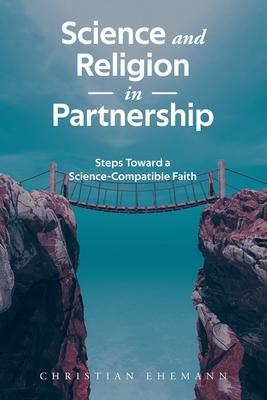Today's religions find themselves in conflict with modern science. If the laws of physics always hold as science claims, how could the miracles have occurred that are reported in sacred texts? How could God intervene in the world today to answer someone's prayer? This book looks for evidence that there is a spiritual reality in addition to a material reality and finds ample evidence that both realities are part of the universe in which we live. It is the rapid development of science over the past three hundred years, and the much slower evolution of religious thought that is the source of today's conflicts.
A satisfactory understanding of our universe requires a partnership between science and religion in which these major areas of thought and knowledge each learn from the other. This understanding must begin with mutual agreement as to what the major components of the universe are. The existence of material reality is not disputed. This book provides a survey of what else exists. For each nonmaterial entity considered, the evidence is examined for consistency with the findings of science. Many inanimate entities are investigated, including mathematical objects, laws of nature, love, and justice. Animate nonmaterial entities investigated include a supreme spiritual being and human souls. A supreme spiritual being need not be a personal god, and reaching that conclusion requires careful analysis of additional data from a variety of sources. Special attention is given to the relationship between Jesus and this personal God.
Following the survey of nonmaterial reality, this book investigates some of the additional implications of science for religious belief and for religious practice. Topics covered here include implications of science as they relate to the effectiveness of prayer, revelation, religious ritual, the focus of religious life, and the afterlife.
